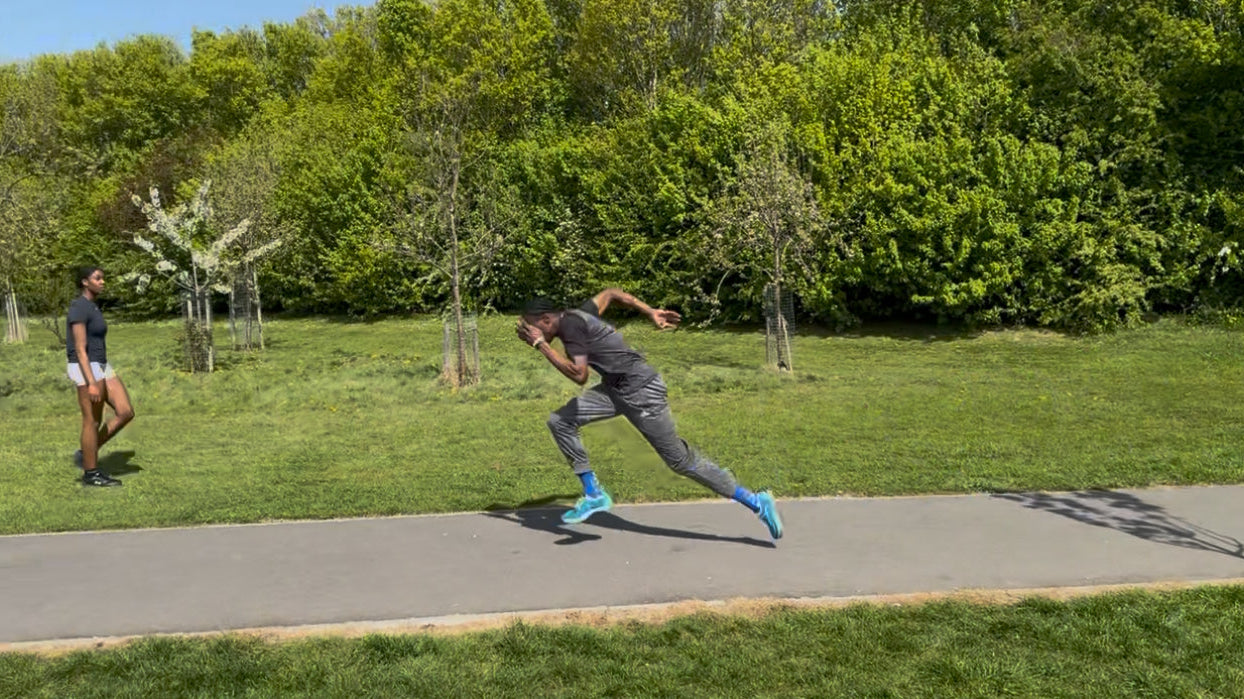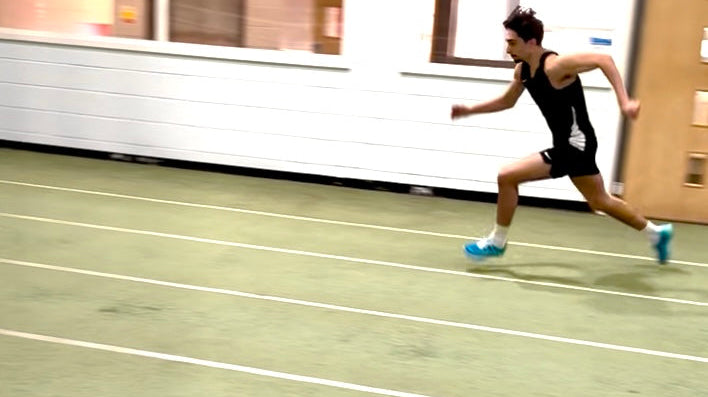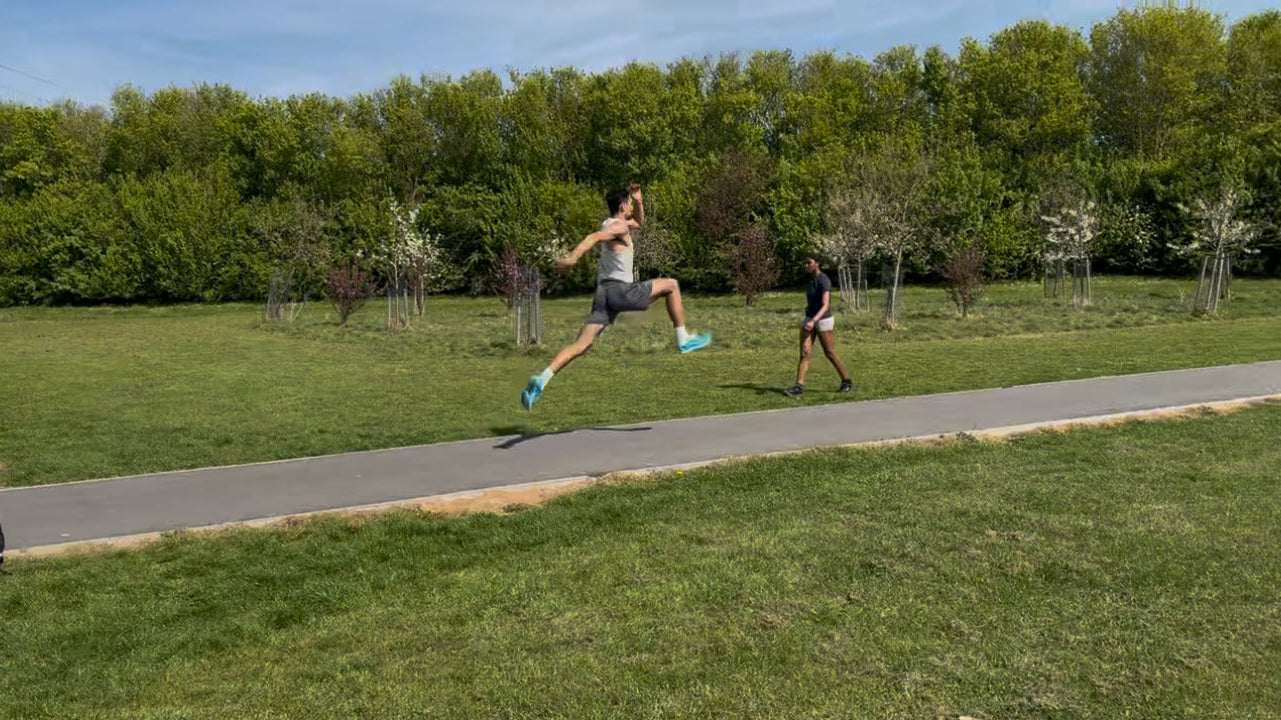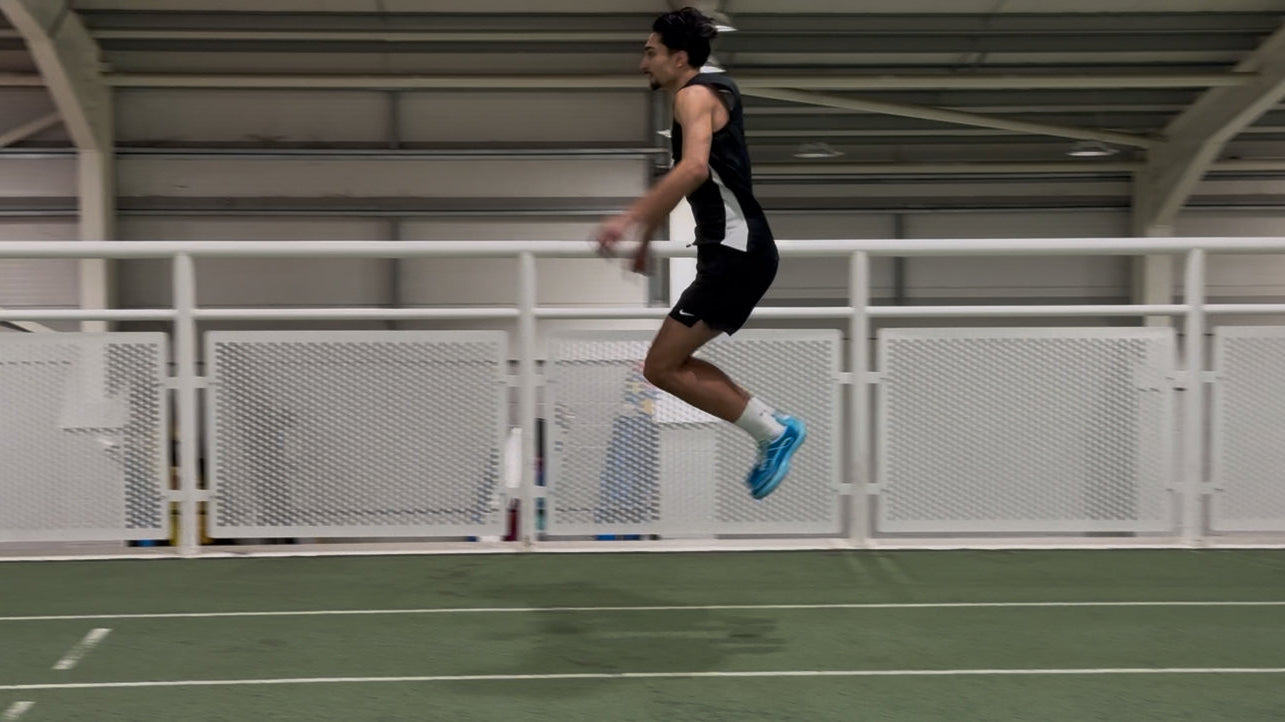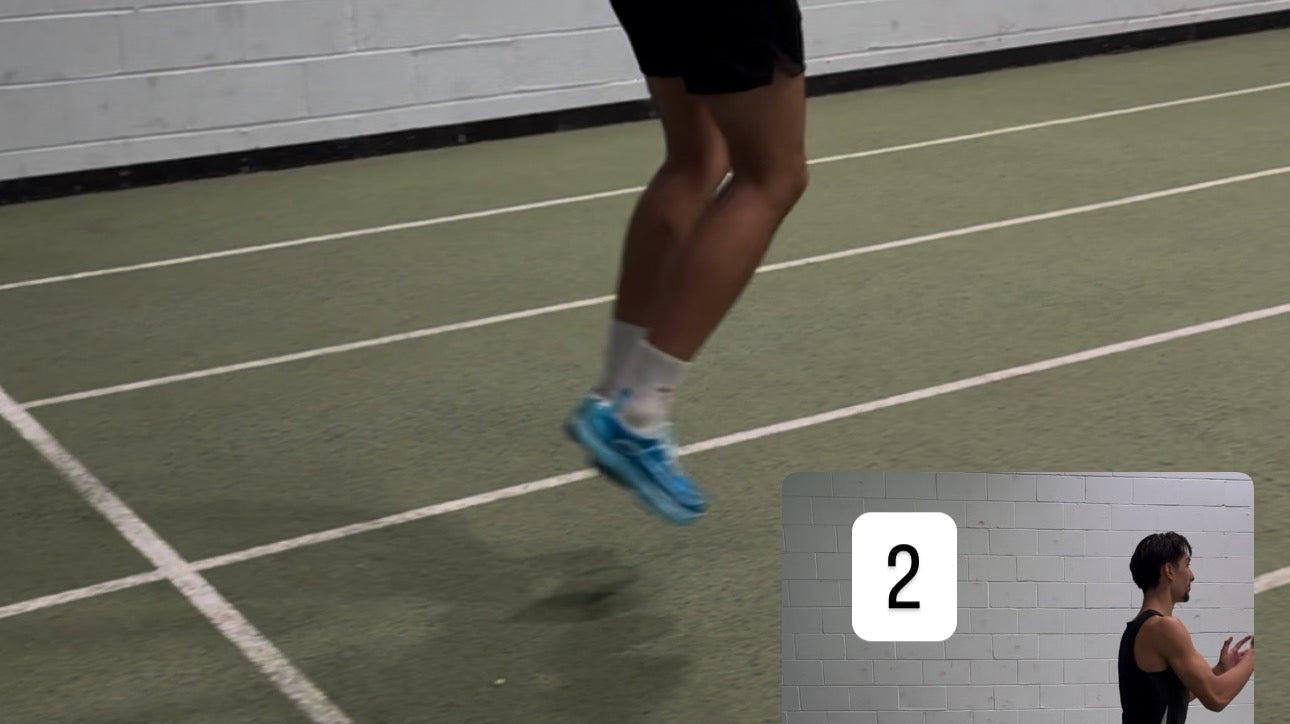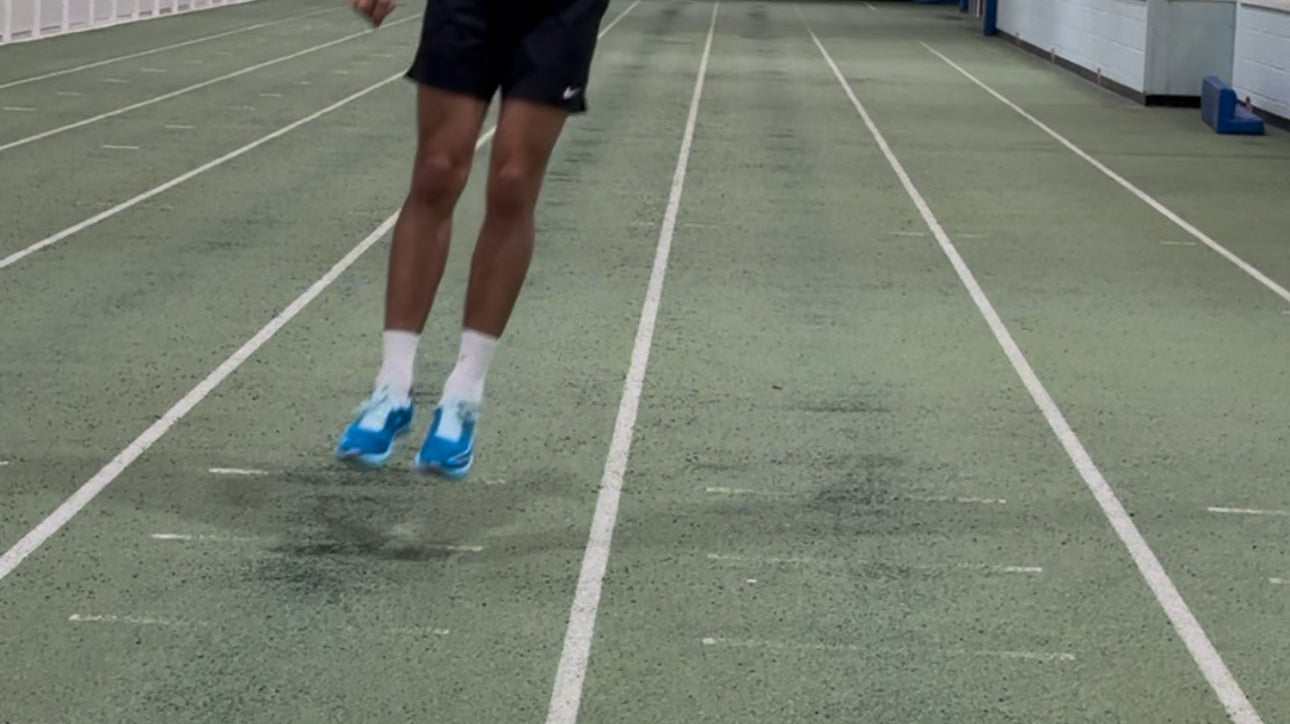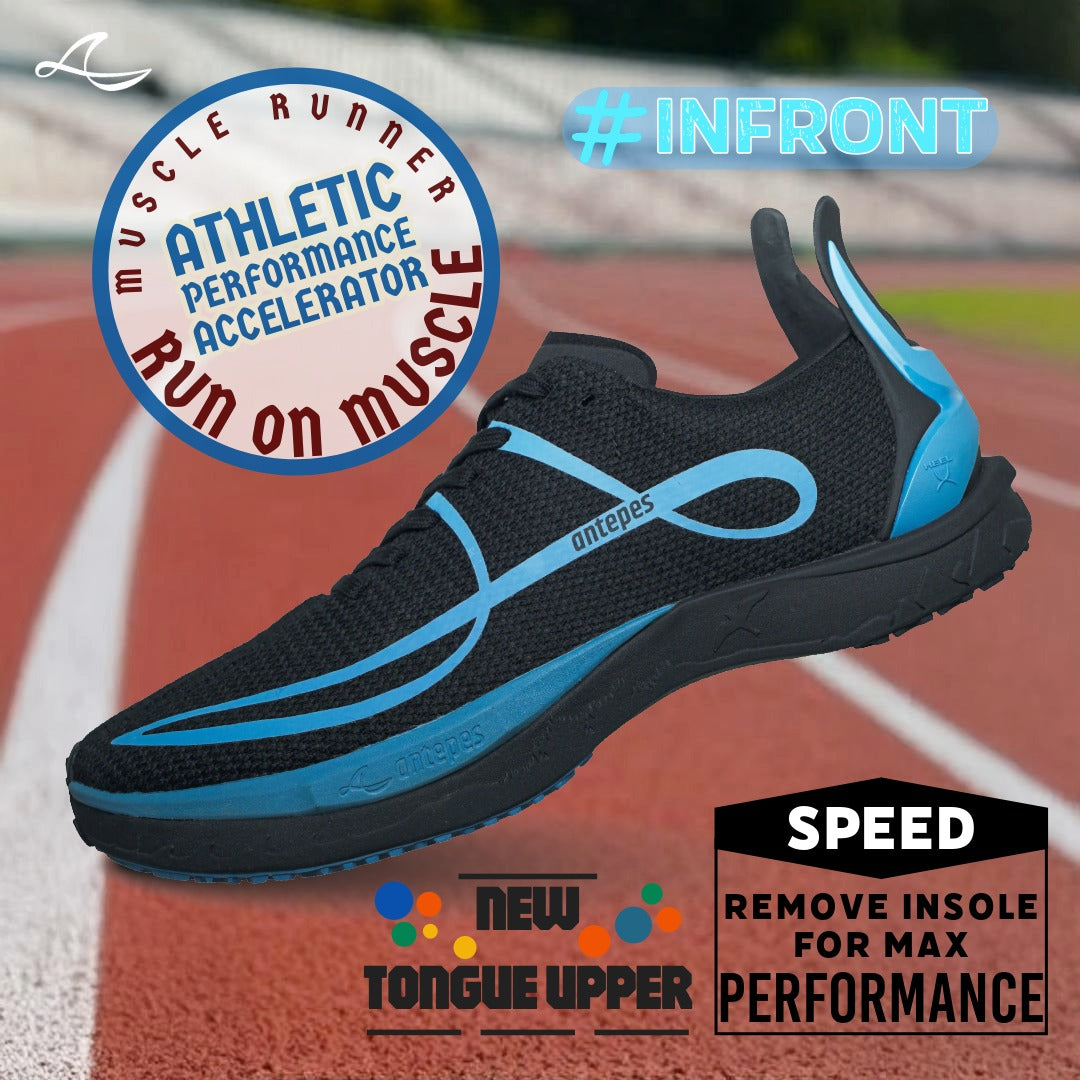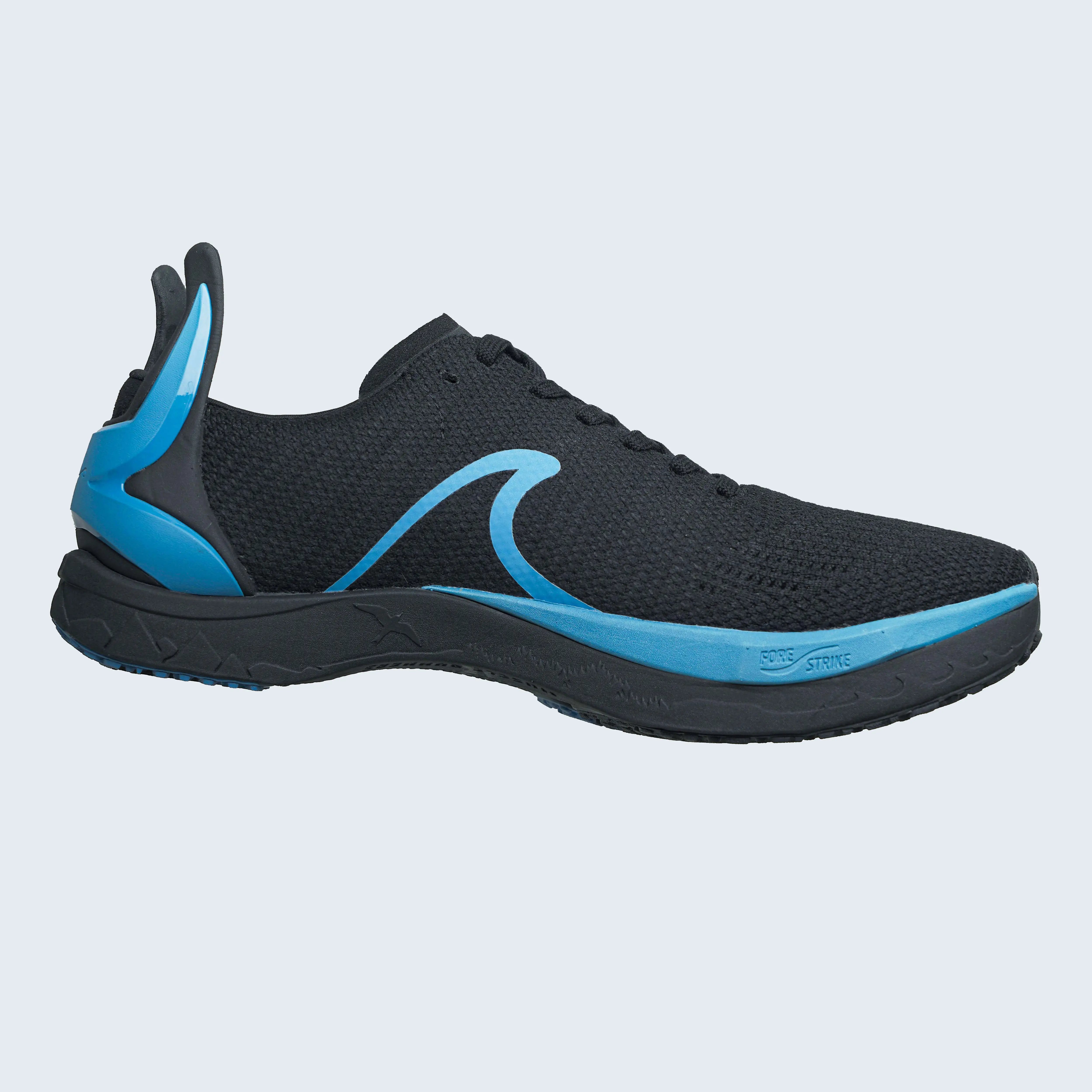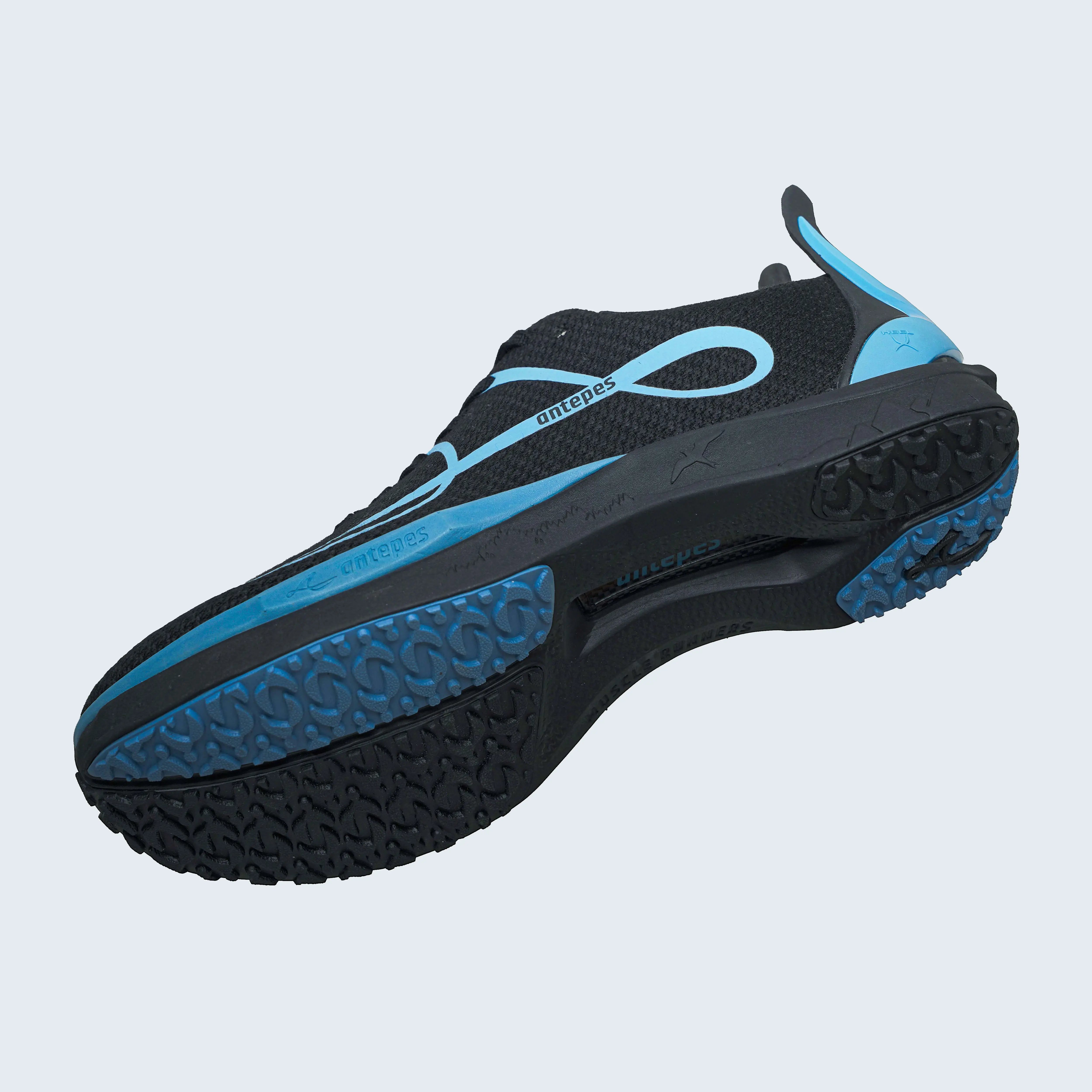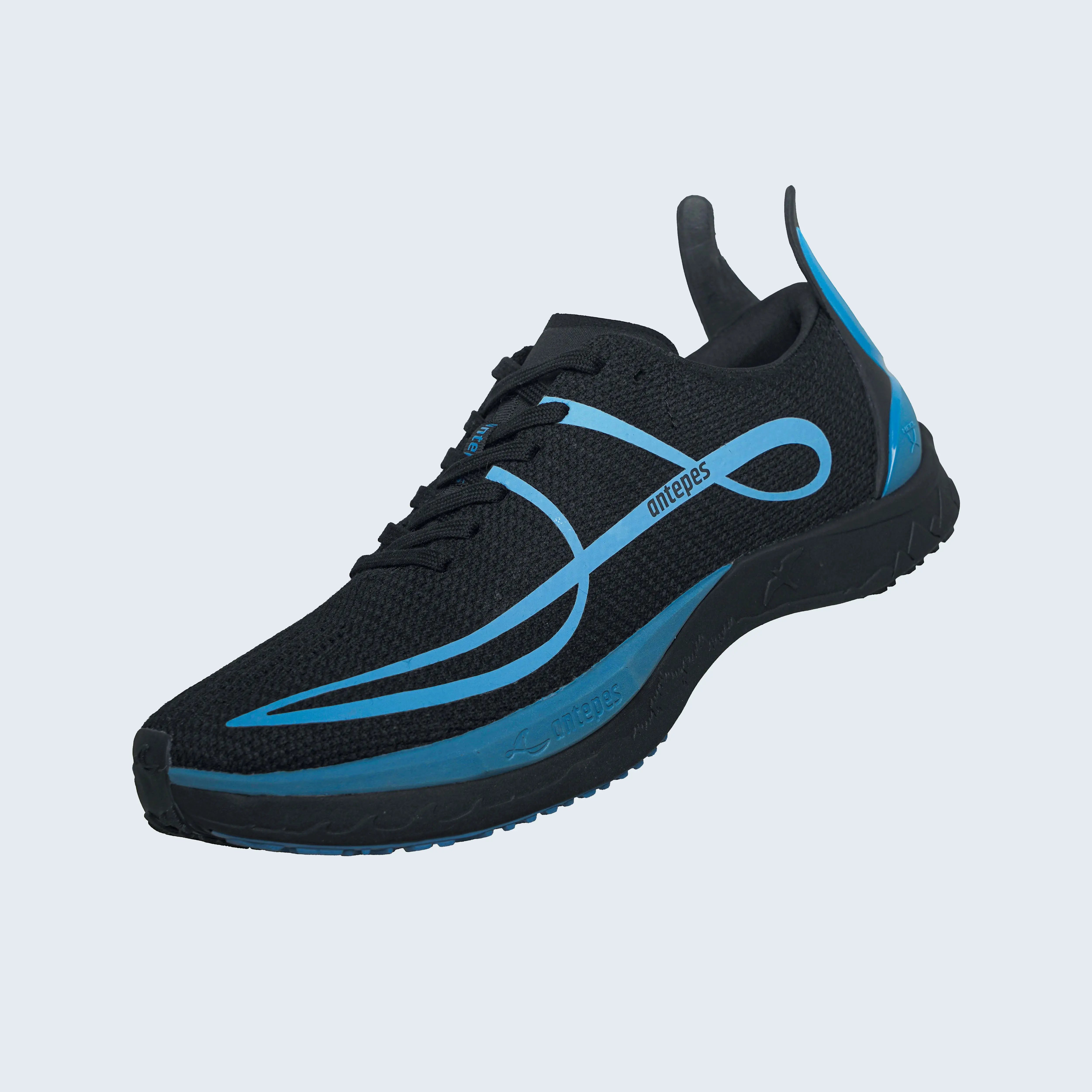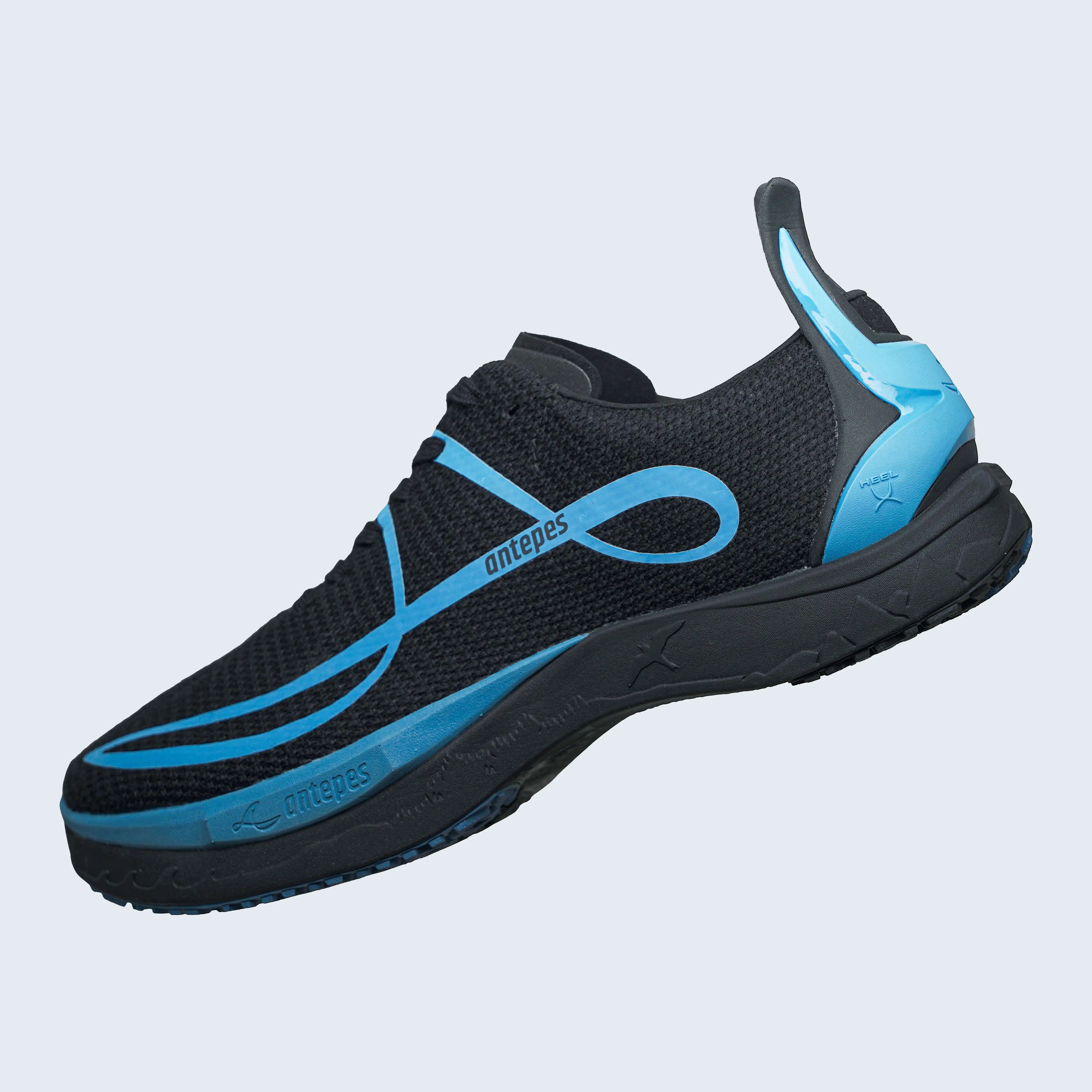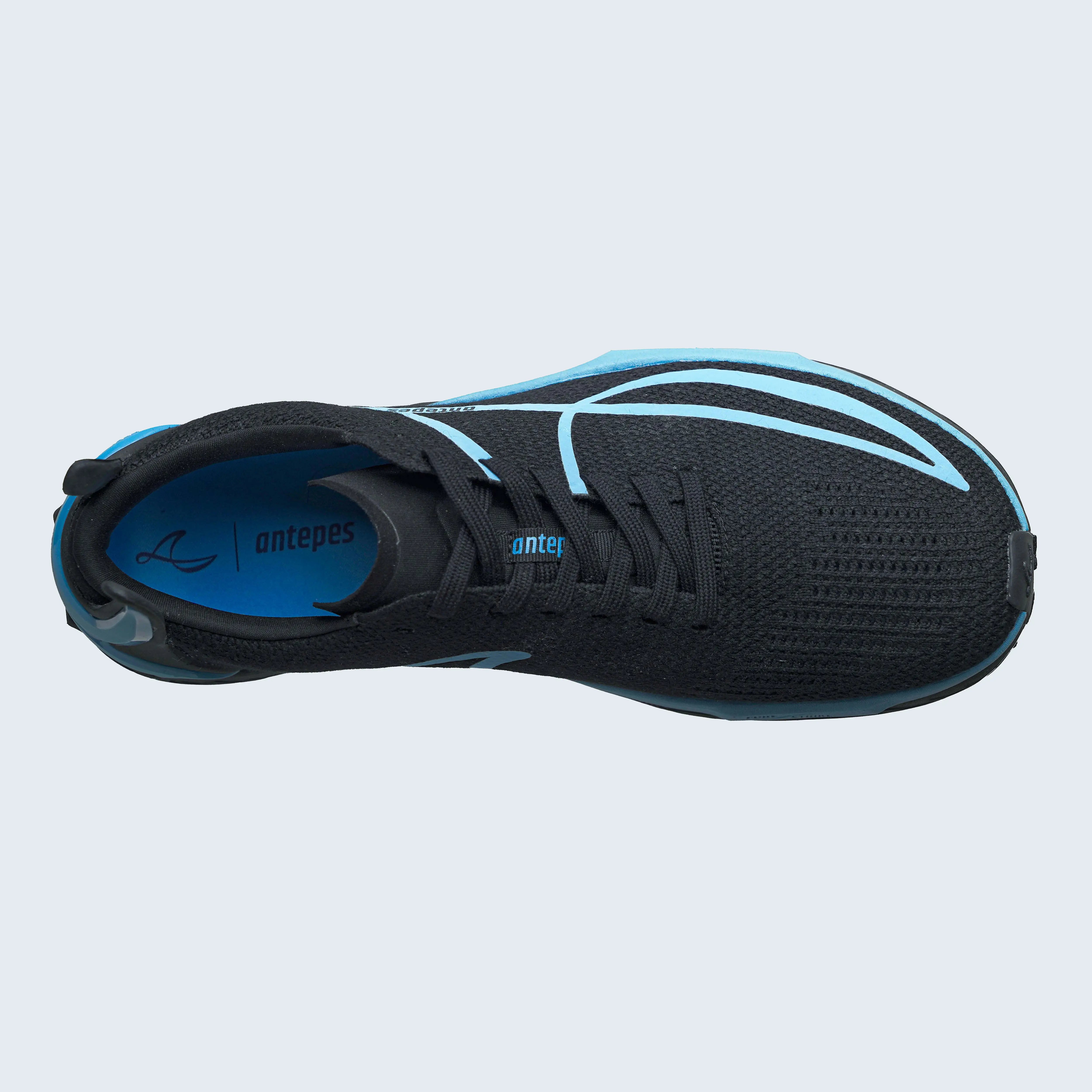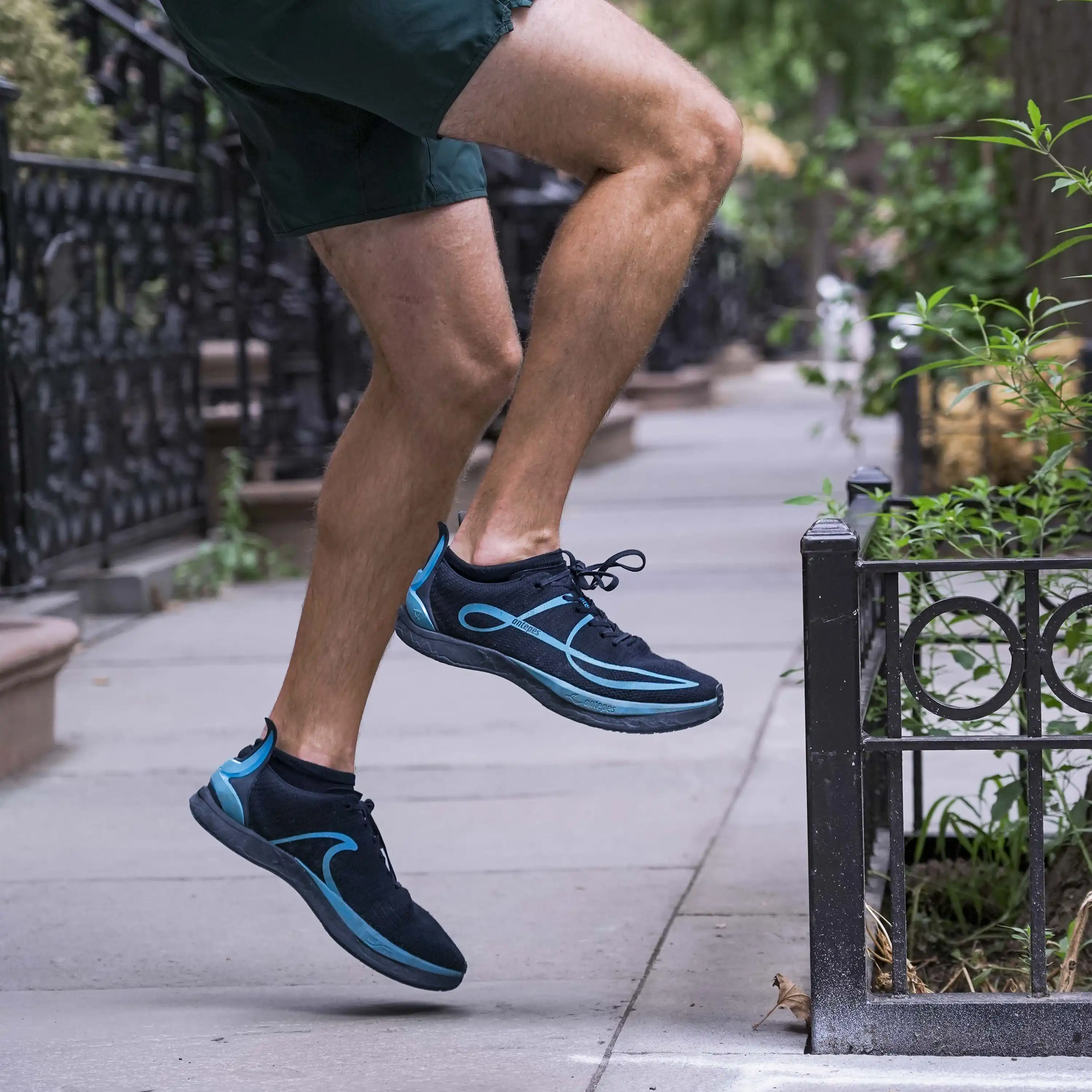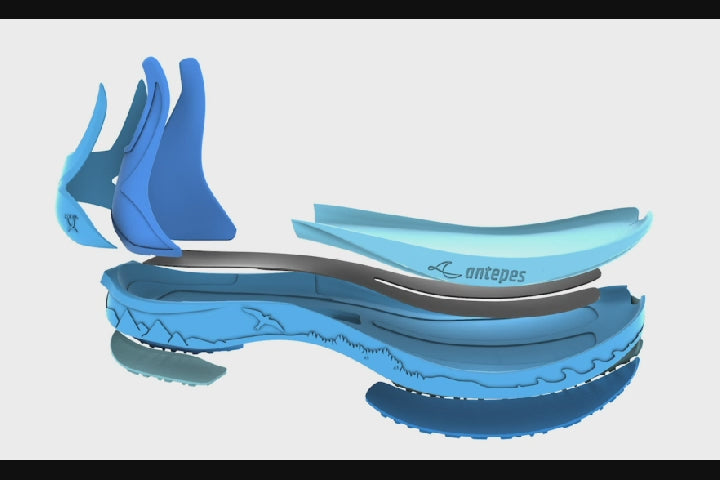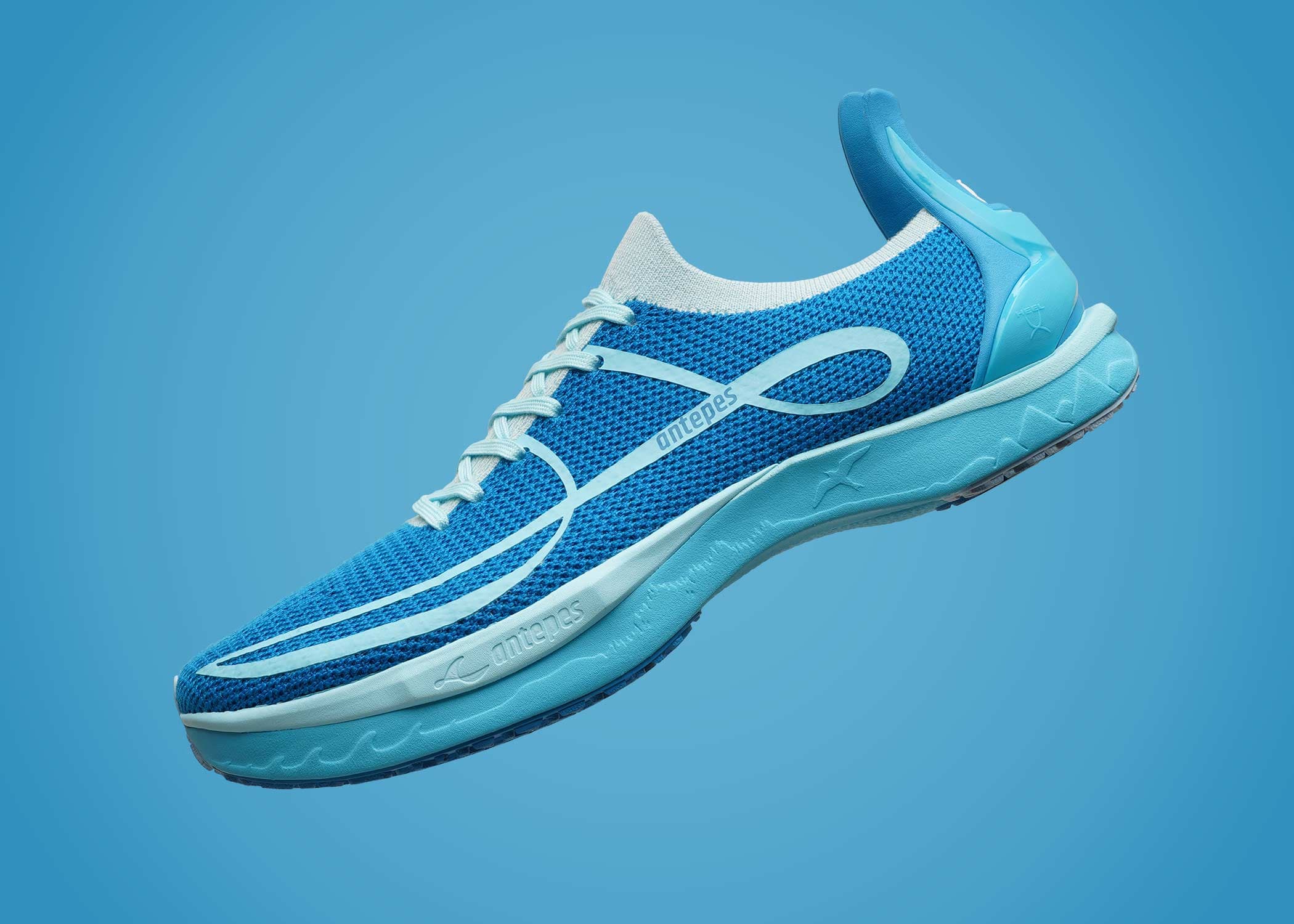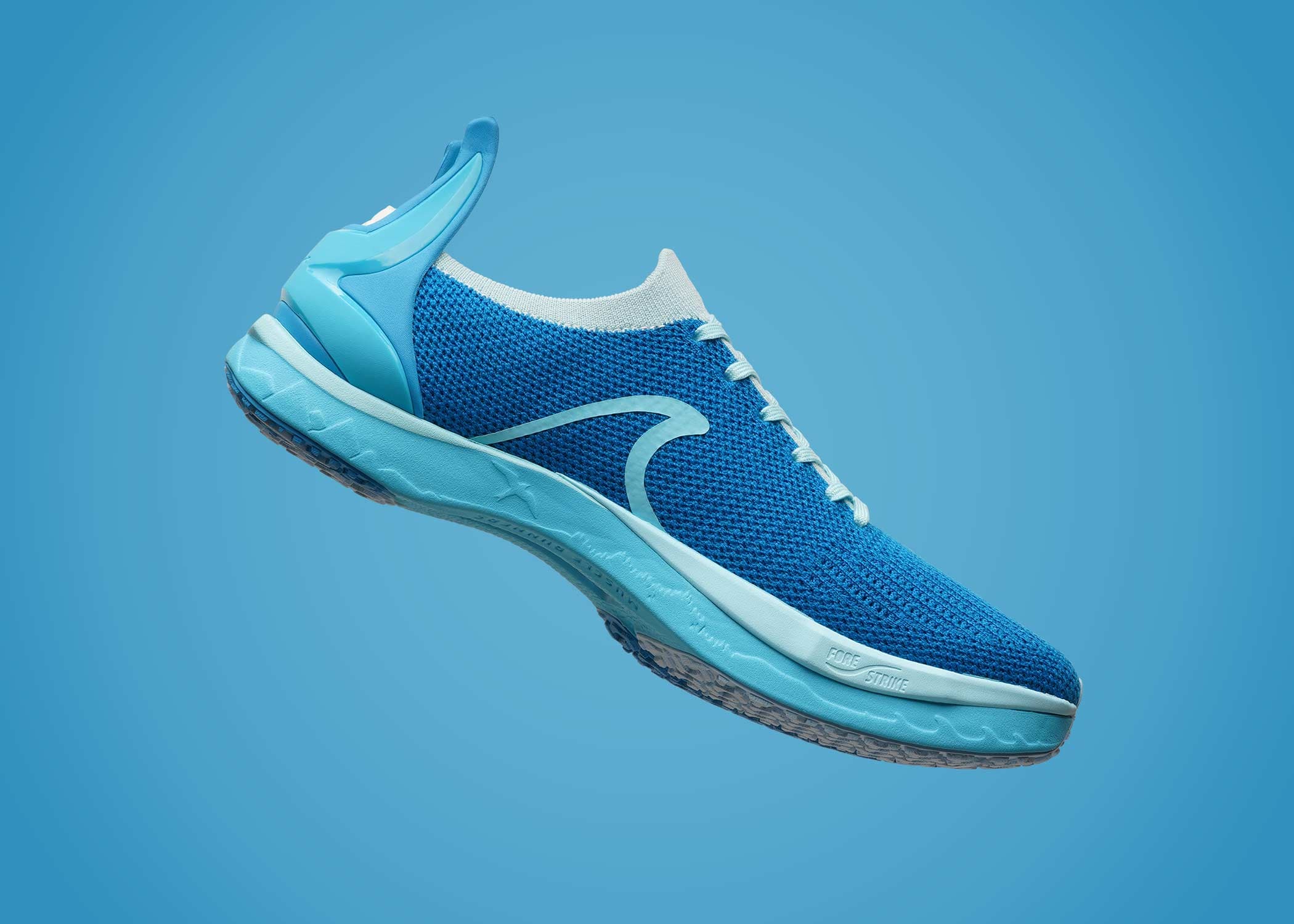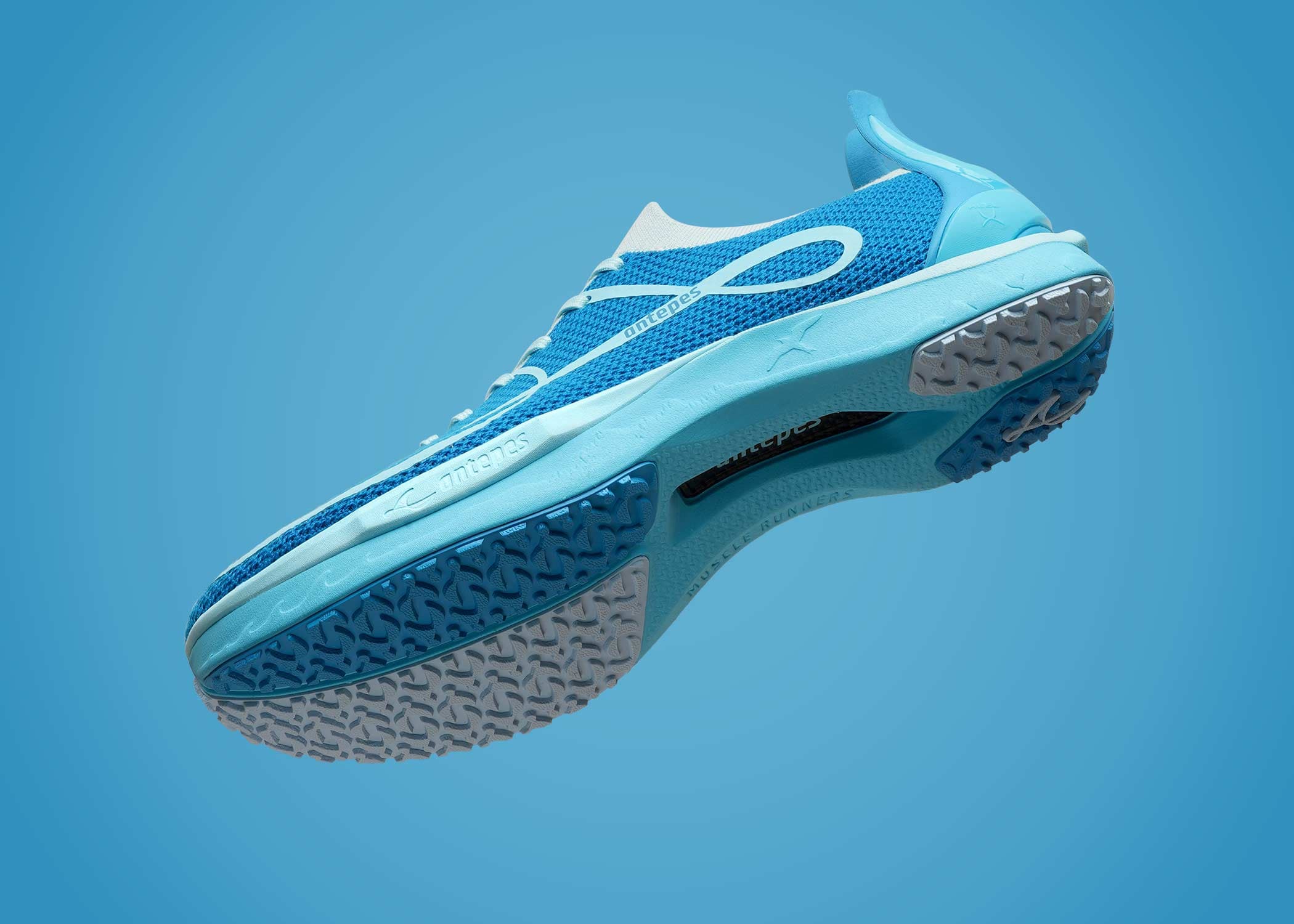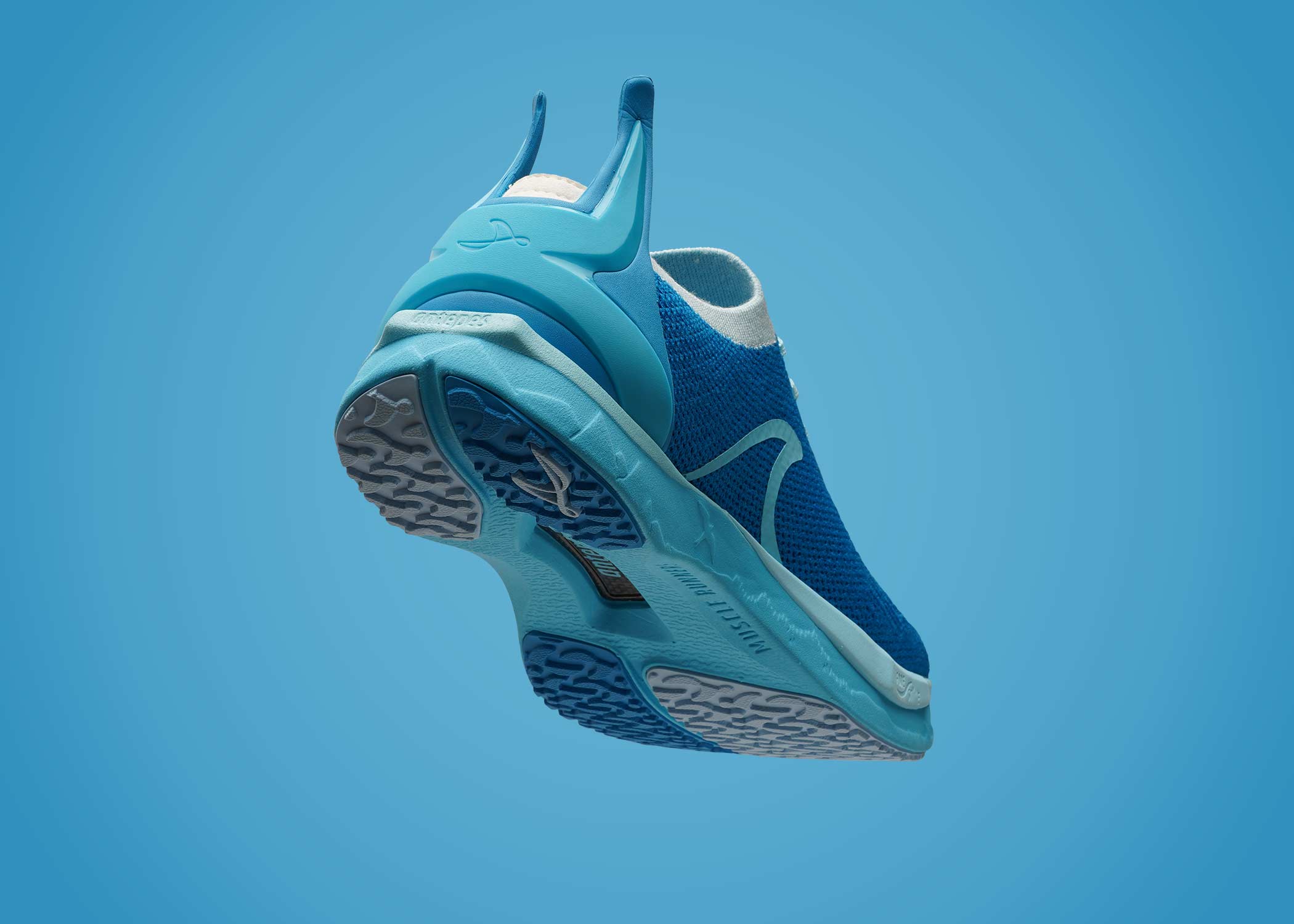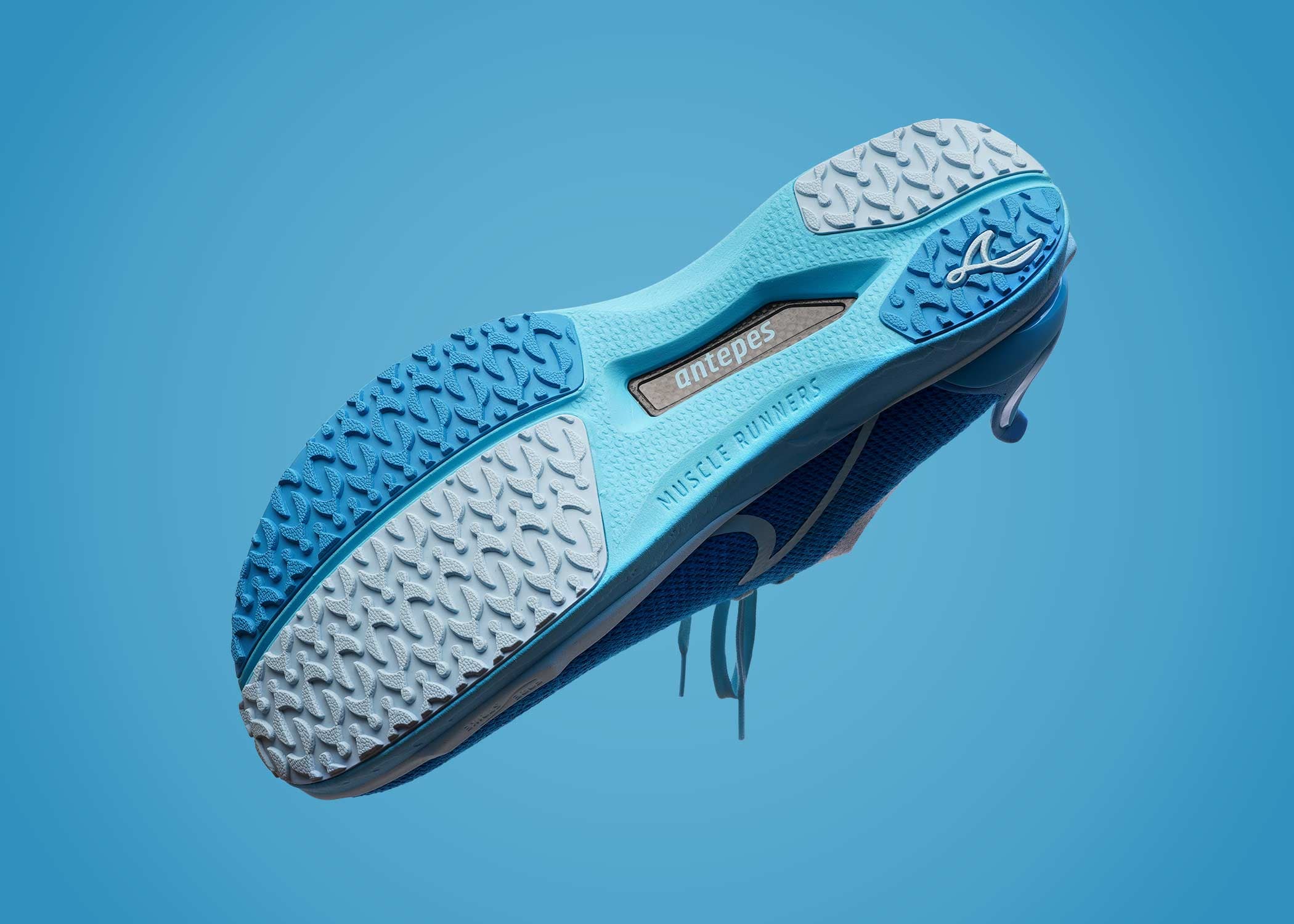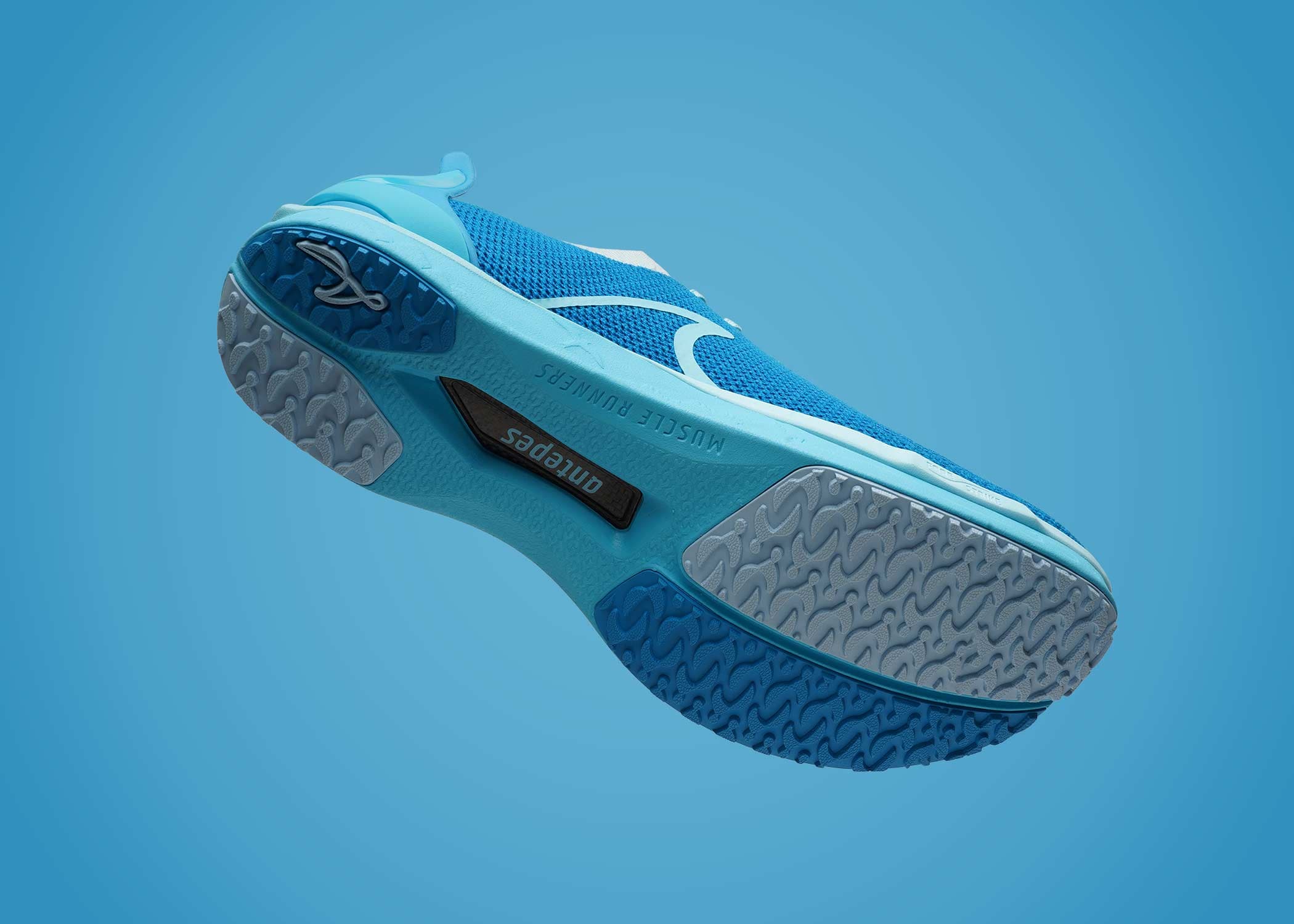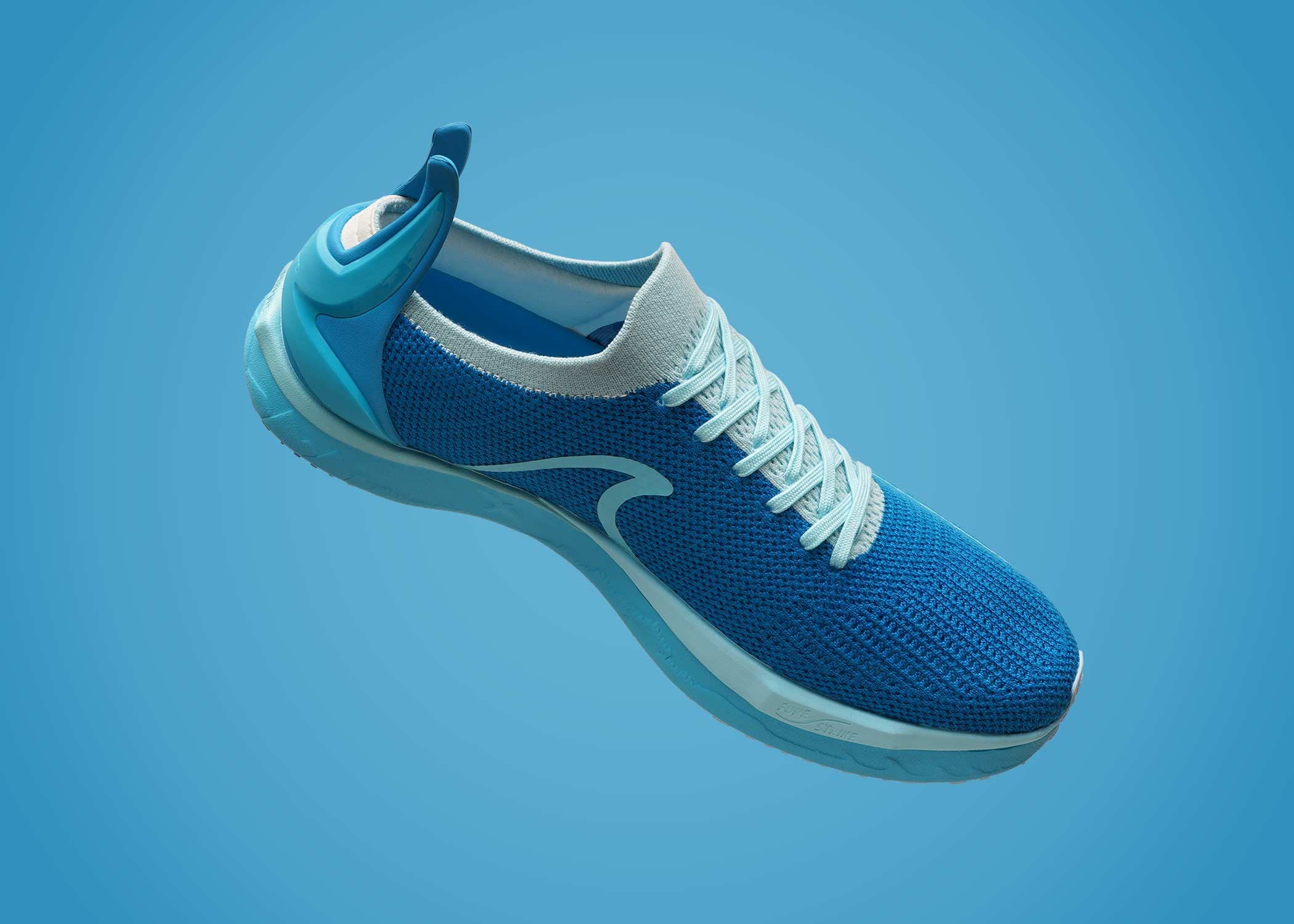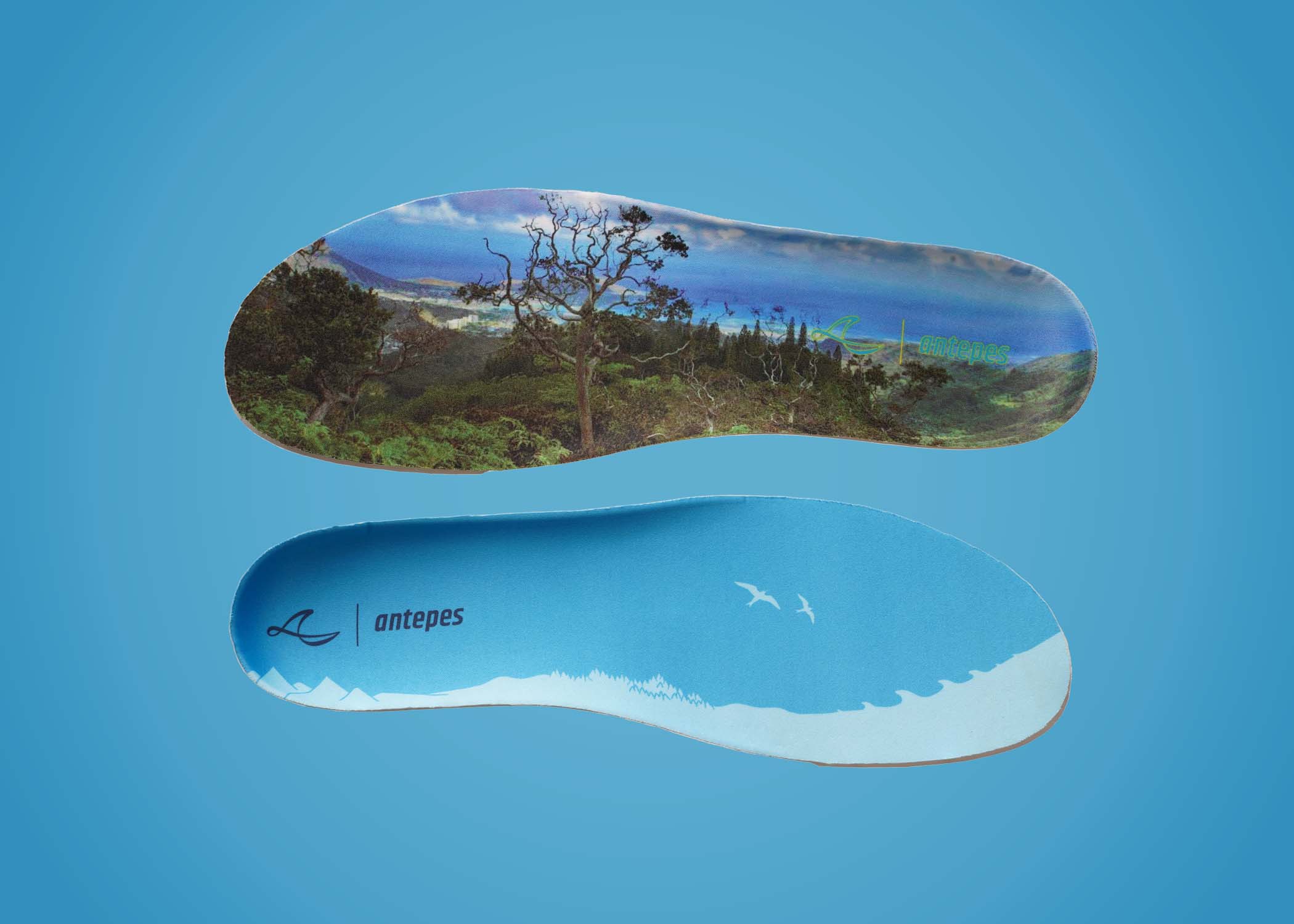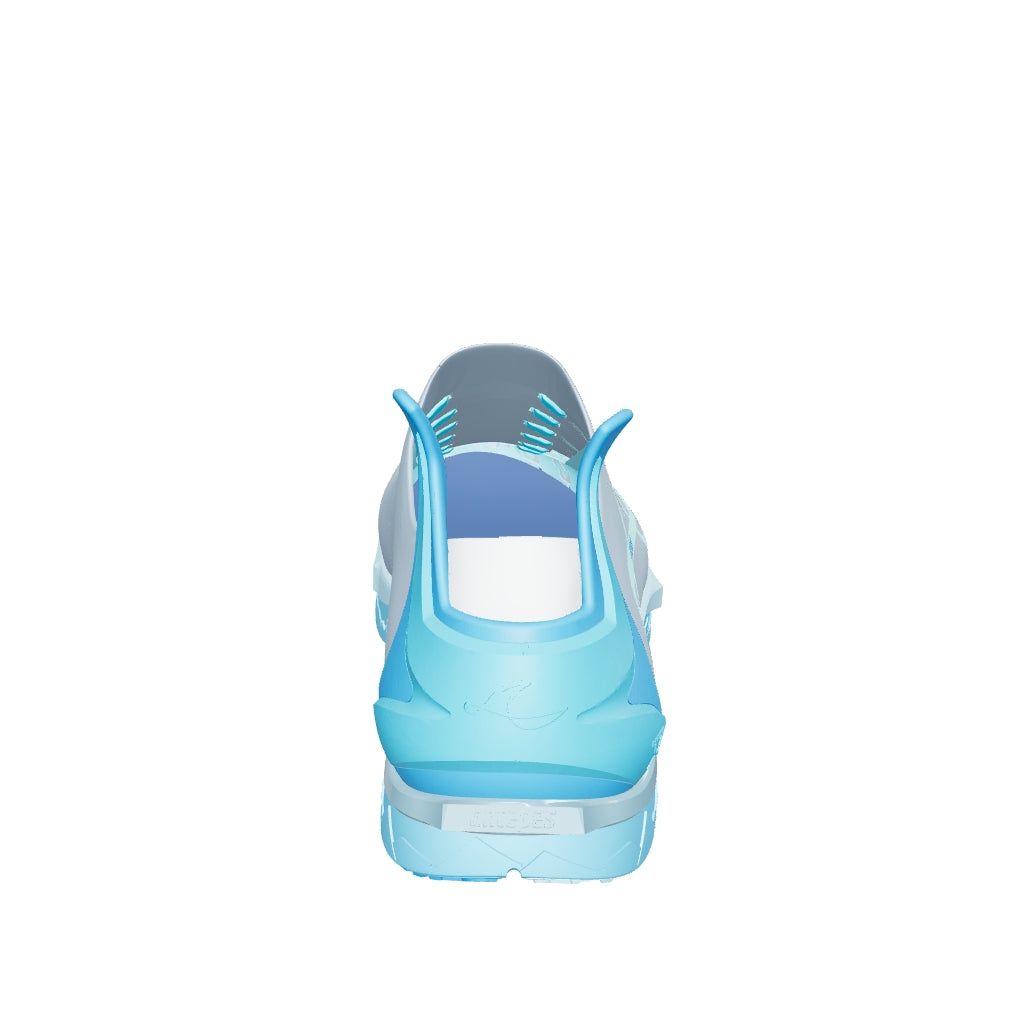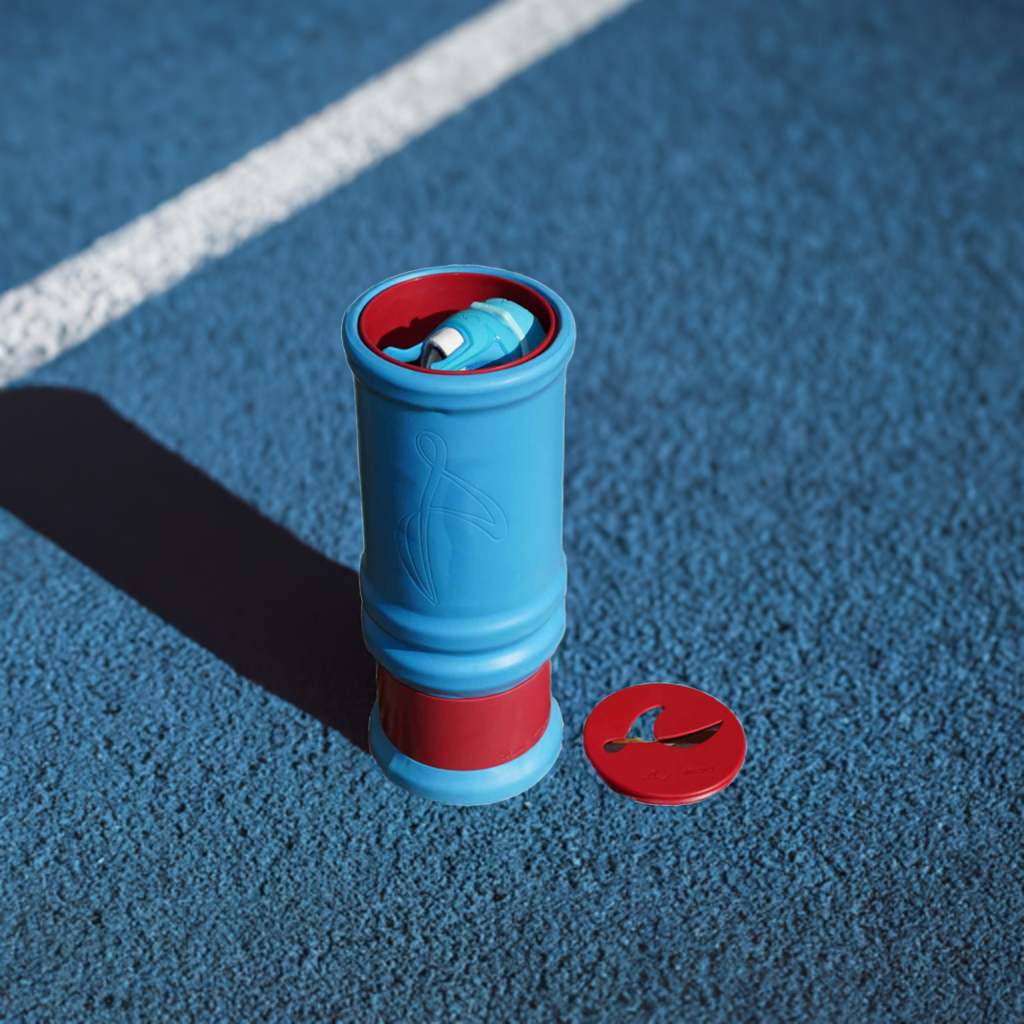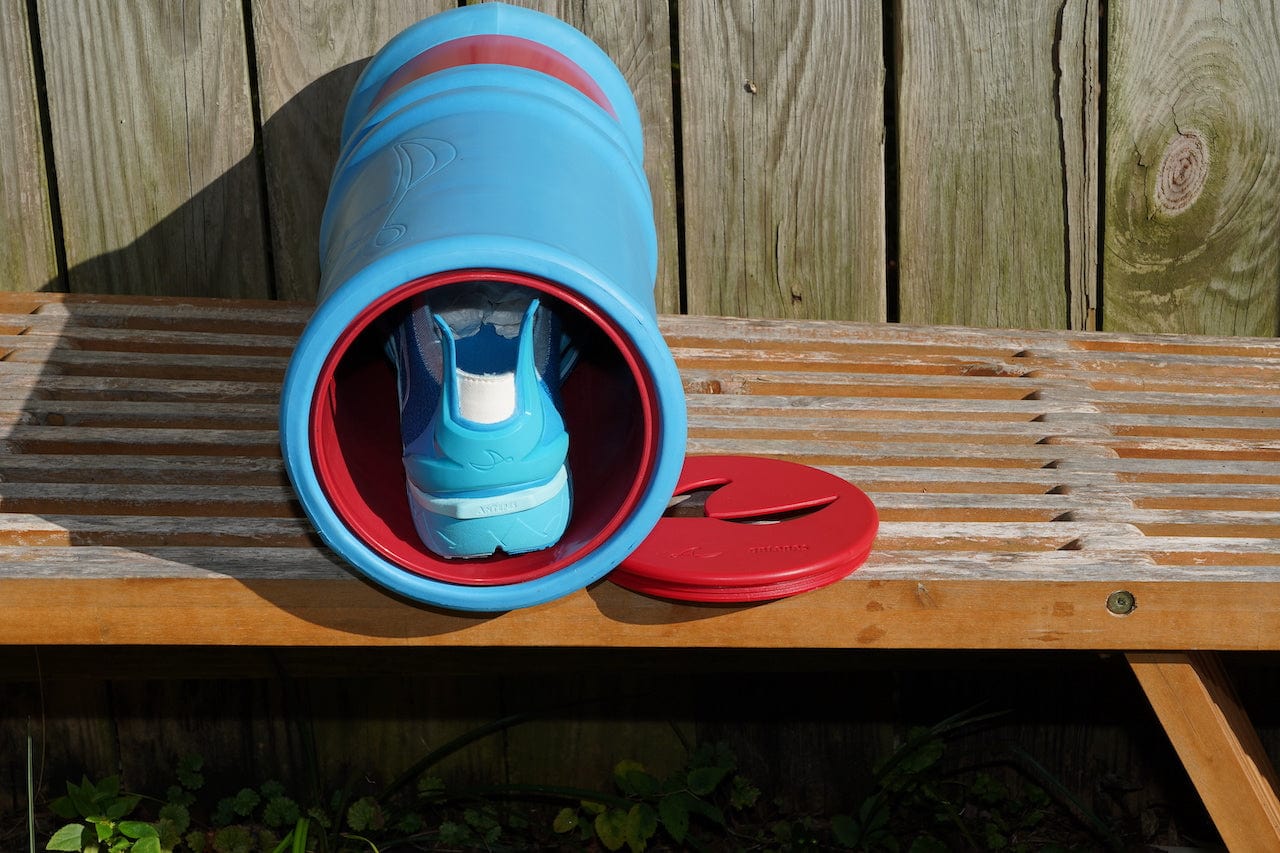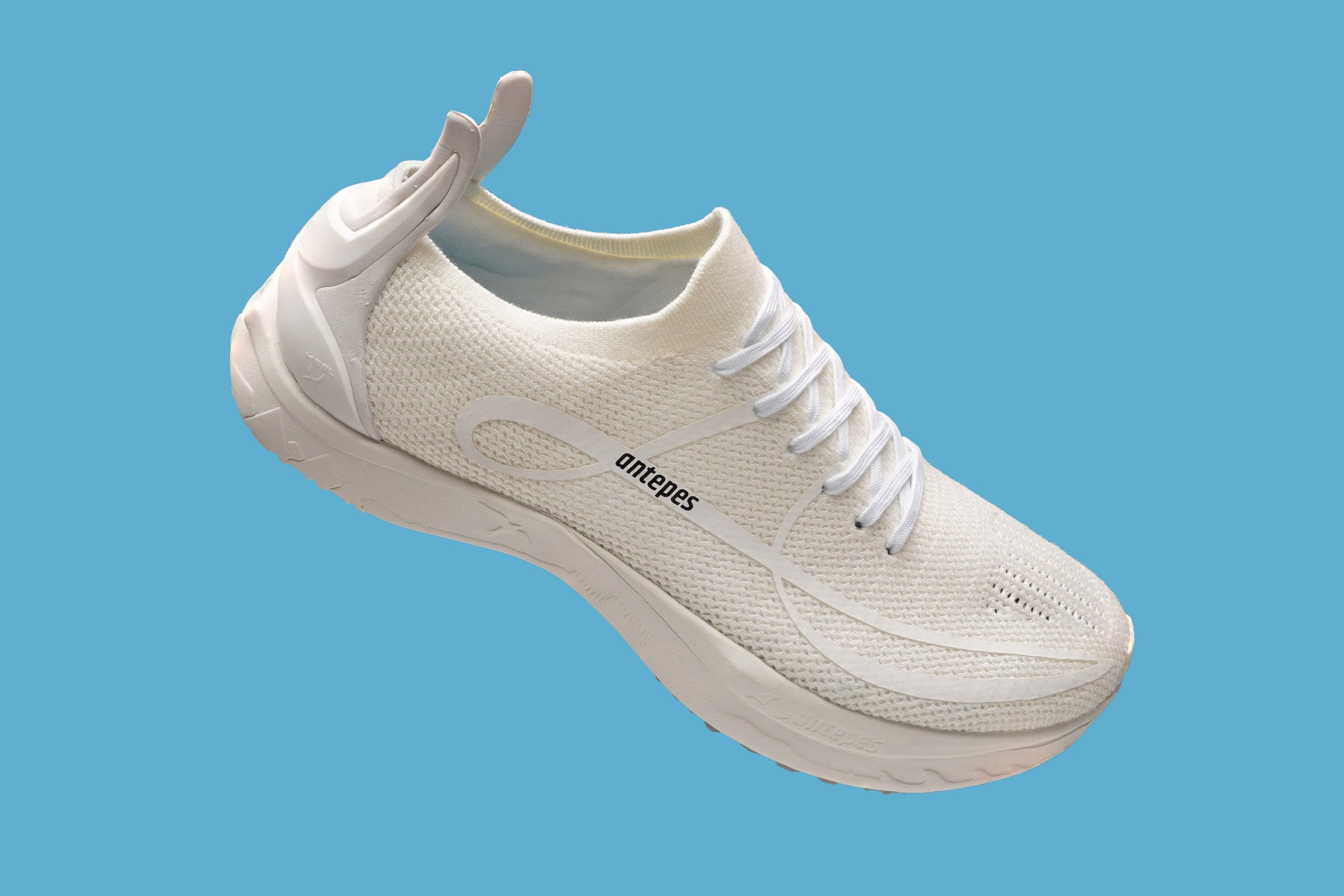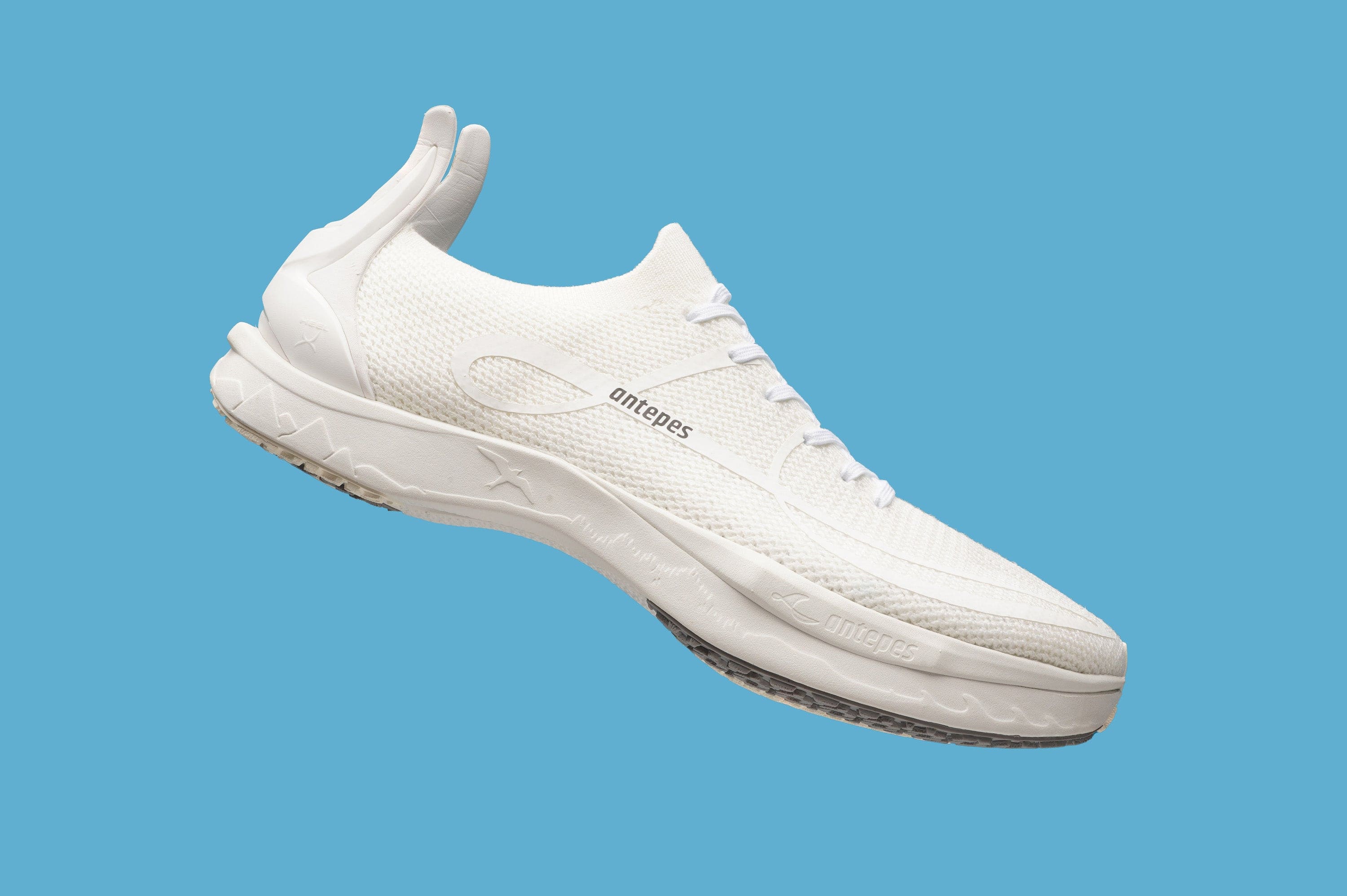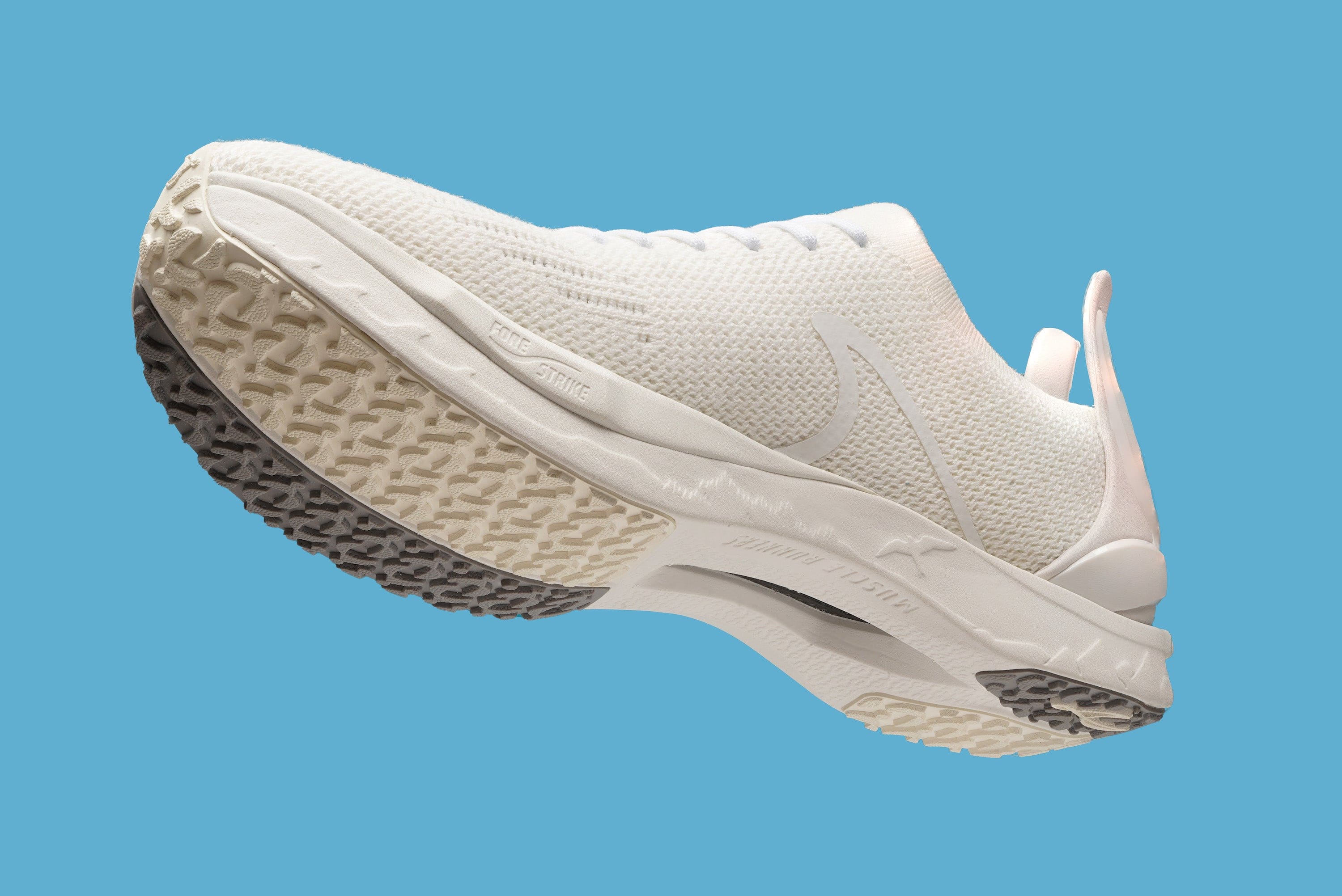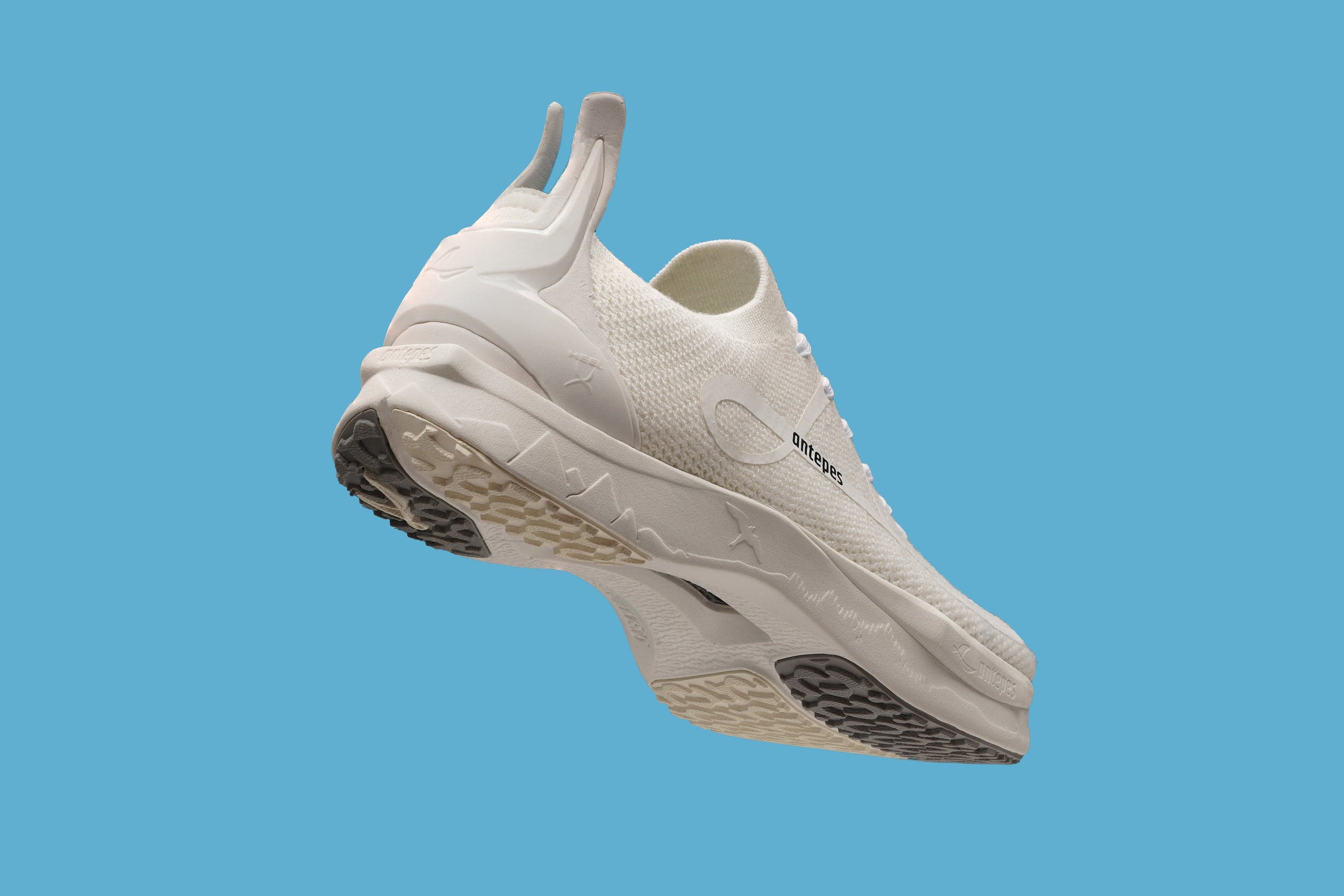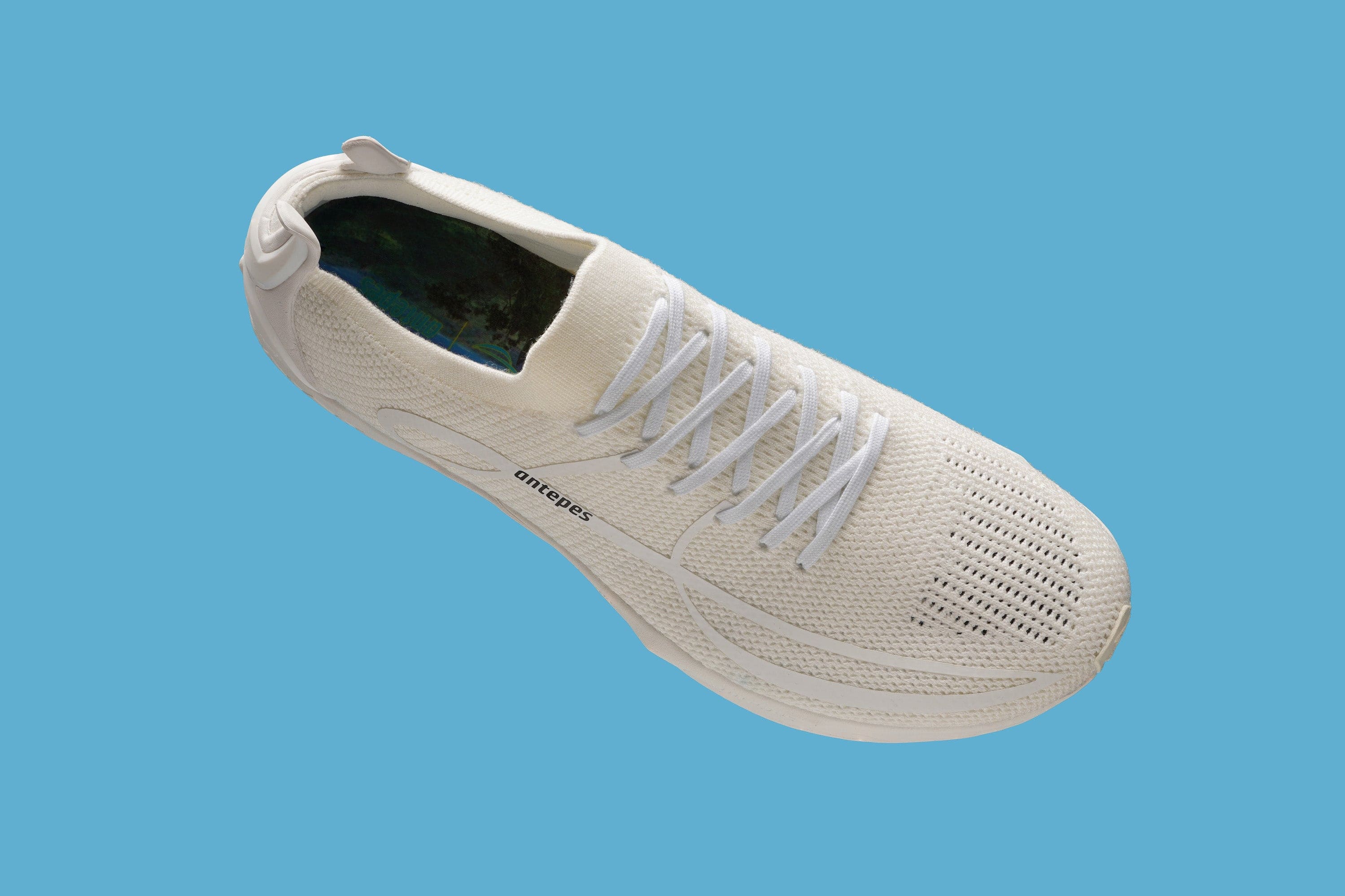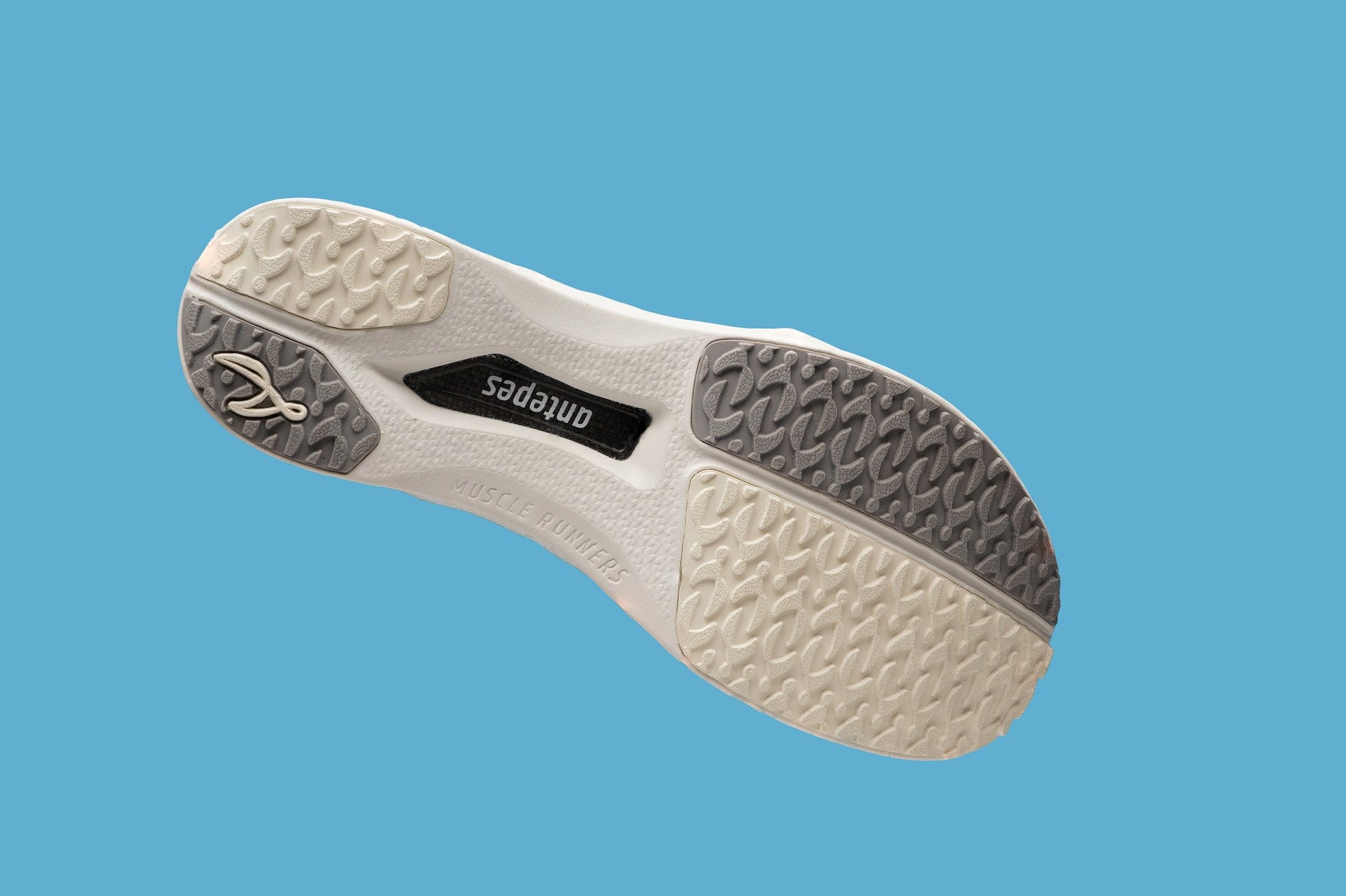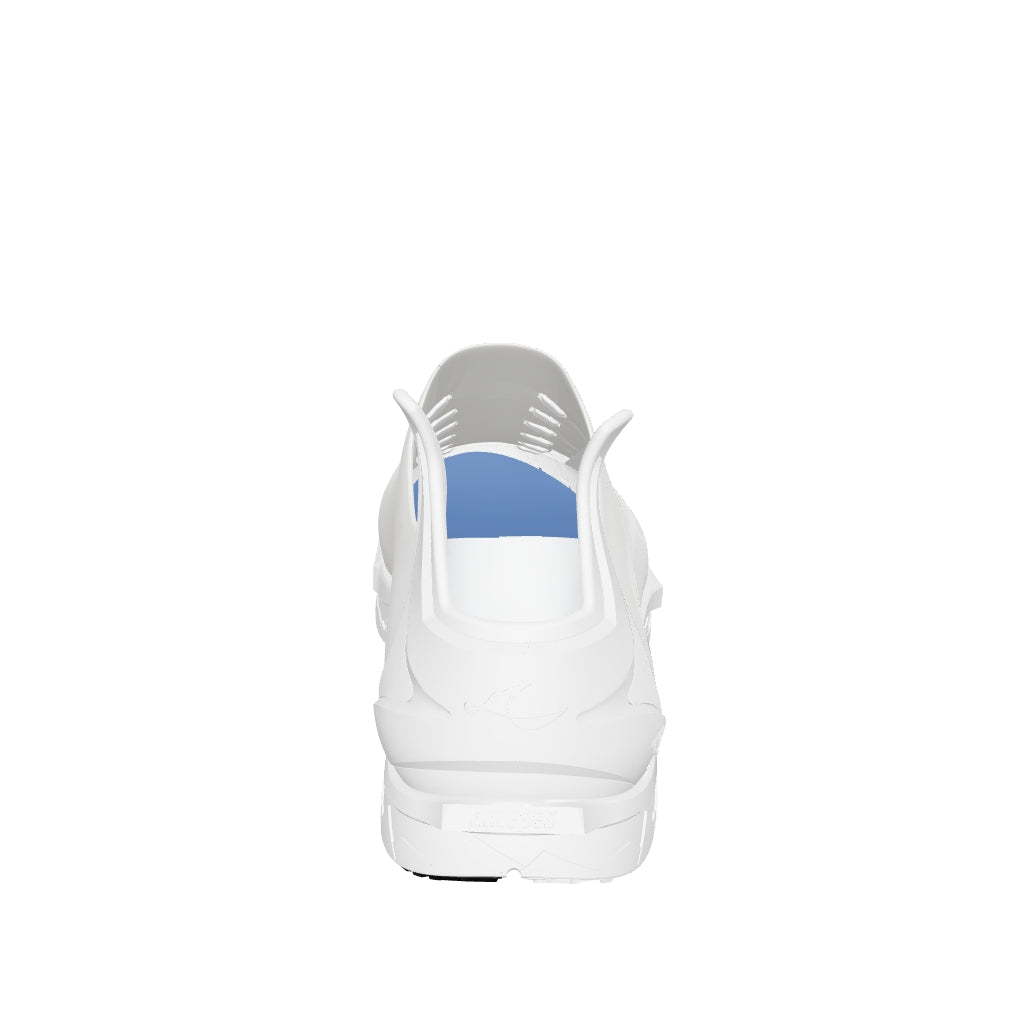At this time of the year (autumn/fall) many sprint-based athletes will be starting their training for the next season. They will commence with a building phase – a phase which they hope will make them faster. It’s about sowing the "speed seeds" which will blossom in the spring and summer of the following year. This is the period when your Antepes Muscle Runners will really come into their own.
Gaposis
Before your built-for-speed shoes can do what they are designed for they must be worn in the right training programme. You need to ensure you (and they) do not fall foul of "gaposis".
Basically, to sprint fast you need to move fast and do specific movement/workouts most of the training year.
What is gaposis? Well, it’s a term that’s been used by a few elite speed and jumps coaches to name a problem that can beset many speed programmes and sprint athletes. Basically, to sprint fast you need to move fast and do specific movement/workouts most of the training year.
If you stray too far from this, then the specific transfer gap will widen and you suffer gaposis. But don’t worry there’s no need to call a doctor … well, maybe the “speed doctor”.
Come the autumn/fall many athletes and coaches believe that “more is better” – that more weight training, more circuit work, more tempo running and so on will provide the base upon which greater sprint speed can be built. The problem is that transfer from these activities to actual improved sprinting is at best minimal.
This is a prime example of gaposis. If you were to follow such - and what’s called a traditional “general preparation period” - then you are most likely going to detrain the very qualities that you need to improve sprint speed. You’ll then most likely going to need a couple more training phases of more specific work to get your speed back. In many ways you may not therefore up your speed but return it to previous levels.
The neuro-muscular and physiological systems adapt to training. Usually six to eight weeks of a “type” of training results in a noticeable change. So, six weeks of GPP could leave you with a generally fit but sluggish body.
It’s likely you will have taken the edge off your fast twitch muscle fibre and have created a body that is more comfortable producing slower, more economical movements. That’s not good if you want to be quick!
Heavy weight lifting may seem like a good idea. Of course, there is some merit in increasing base strength as that can lift base power and speed. However, if there is not a sufficient “transfer bridge” put into place to connect this weights room strength to sprint track speed then the likelihood is that speed potential will be reduced. It’s better to see weight training as a useful adjunct to a speed development programme rather than a direct booster.
What autumn training should you be doing?
Most elite track & field coaches don’t stray too far from the goals of their events all year round. So, for sprints and jumps coaches that’s sprinting and jumping. For them their GPP will be a version of their peak season training phases. Let’s call this “SPP” – a specific preparation period.
There will be acceleration work and build-up runs to 90-95% speed, for example. Fast movement plyometrics and complimentary weight training - often in the form of complex training which combines weights and plyometrics into one session will also be feature -more of that in another post). And there will and should be a high emphasis on skill development.
Don’t neglect skill
In the past – and it can still be the case today – traditional GPP would neglect skill development. This is another source of gaposis. Not only will there be a potential for physiological sprint detraining, but this can also lead to a loss of skill (technique) and crucially an inability to perform the required sprinting skill at speed.
Giving you a vivid picture (hopefully!) – imagine developing a Formula 1 race car, adding all the components, such as the aero downforce features and then deciding to add a diesel tractor engine! The hypothetical reasoning here would be so car and driver can work at a slower pace to test the car and train to be ready for faster lap times.
It won’t transfer – an F1 car must run fast all year around as it is being developed so that in-season it will be faster than fast. This should be the goal of sprint athletes as they prepare though training phases - to build speed on speed on speed...

Your Antepes Muscle Runners are designed like an F1 car to produce speed and power and they will give you year-round benefits. Of their numerous built-for-speed components are:
Heel to toe cushioning gain (31.5mm negative heel drop - size 8.5)
Light weight (9oz/269g size 8.5)
ForeStrike™ technology for improved forefoot striking and impact reduction
ForeSpring™ carbon fibre plate and high energy return TPE foam which accelerate foot-strike
In the next post in this series we will take a further look into the type of training you can be doing at this time of the year to really boost your speed. – how to grow the sprint seeds.


